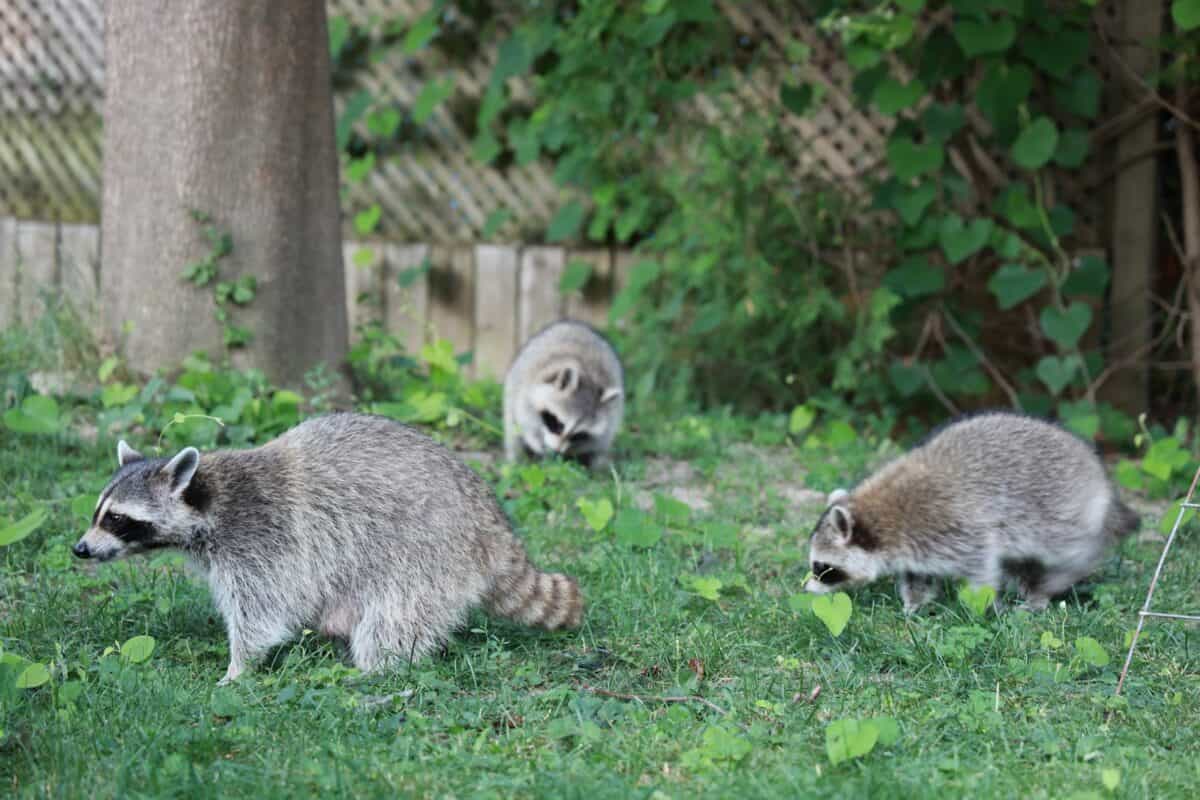As winter’s grip loosens and nature reawakens, spring hiking offers some of the year’s most rewarding wildlife encounters. The seasonal transition brings dormant creatures back to life, migratory species return from southern journeys, and resident animals become more active and visible. Whether you’re traversing mountain trails, wetland boardwalks, or forest paths, spring represents a special window of opportunity to witness wildlife in fascinating transitional states. This article explores the diverse animal encounters you might experience during a springtime hike, offering insights into their behaviors, identification tips, and guidelines for responsible wildlife observation.
Early Bird Migration Spectacles
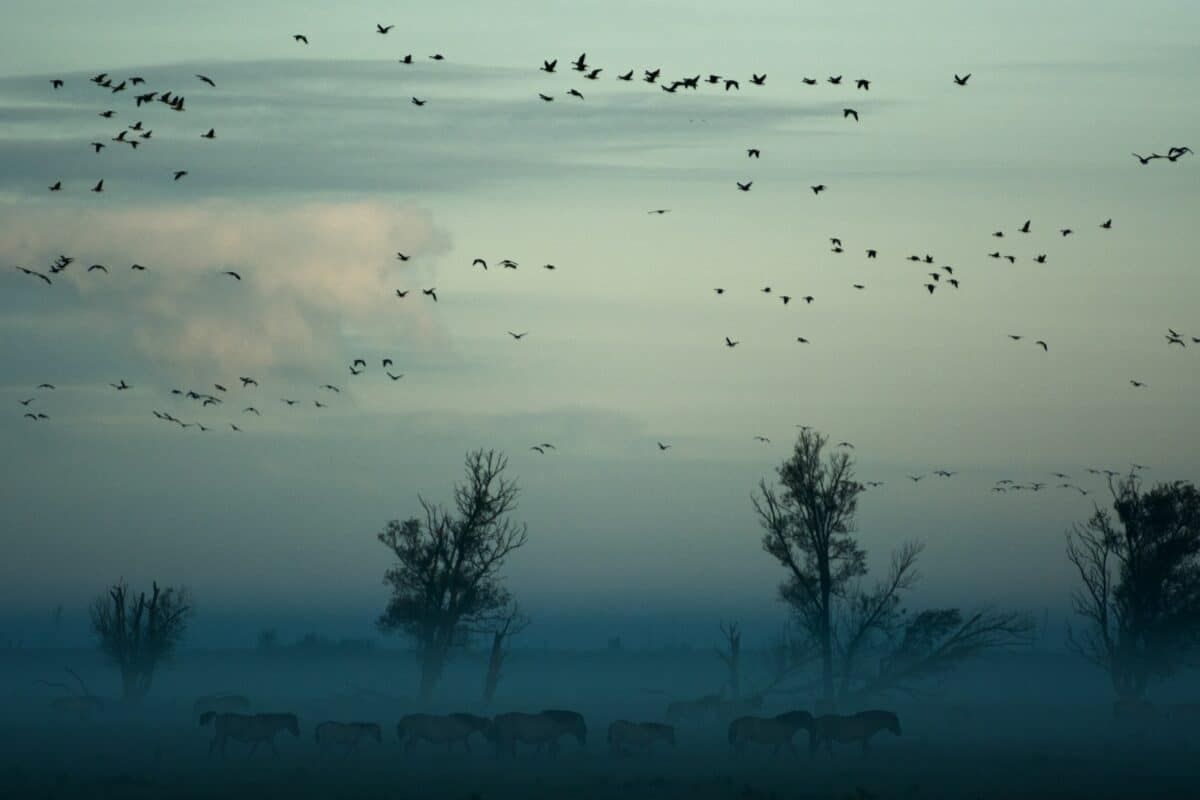
Spring heralds the return of countless migratory bird species, making it a prime season for birdwatching enthusiasts. From late March through May, neotropical migrants like warblers, tanagers, and orioles return to their northern breeding grounds in colorful waves. Dawn hikes near water sources or through deciduous forests can reward observers with not only sightings but also the distinctive songs that fill the spring air. The early morning “dawn chorus” reaches its peak intensity during spring as male birds establish territories and attract mates. Look for Baltimore orioles with their brilliant orange plumage feeding on flowering trees, or spot the yellow flashes of prothonotary warblers in wetland areas. Coastal trails may offer views of shorebird staging areas, where species like sandpipers and plovers gather in impressive numbers during their long-distance migrations.
Amphibian Breeding Congregations

Perhaps nothing announces spring’s arrival quite like the cacophony of spring peepers and other frogs calling from wetlands and temporary pools. These diminutive chorus frogs, barely an inch long, produce sounds disproportionately loud for their size as males advertise for mates. Evening hikes near vernal pools – temporary water bodies that dry up by summer – can reveal extraordinary amphibian breeding events. On warm, rainy spring nights, spotted salamanders and wood frogs emerge from forest hibernation sites for their annual migration to breeding pools, sometimes crossing hiking trails in impressive numbers. The sight of dozens or even hundreds of yellow-spotted salamanders moving under flashlight beams has become a celebrated spring wildlife spectacle in many regions. These breeding congregations are extremely time-sensitive, often occurring on just a few optimal nights each spring when temperature and moisture conditions align perfectly.
Emerging Reptiles Basking in the Sun

As soil and air temperatures rise, reptiles emerge from winter brumation (a hibernation-like state) to bask in the strengthening spring sunlight. Hiking on sunny spring days presents excellent opportunities to spot turtles, snakes, and lizards as they regulate their body temperature by absorbing solar energy. Look for painted turtles lined up on logs in ponds or eastern box turtles crossing forest paths after spring rains. Garter snakes are among the earliest snake species to emerge and may be found in surprising abundance near rocky outcrops that served as communal hibernation sites. These harmless snakes sometimes emerge by the dozens or even hundreds from shared winter dens, creating impressive congregations before dispersing across the landscape. Lizards like fence swifts and skinks become increasingly active with warmer days, darting across rocky surfaces along trail edges.
Butterfly and Pollinator Emergence
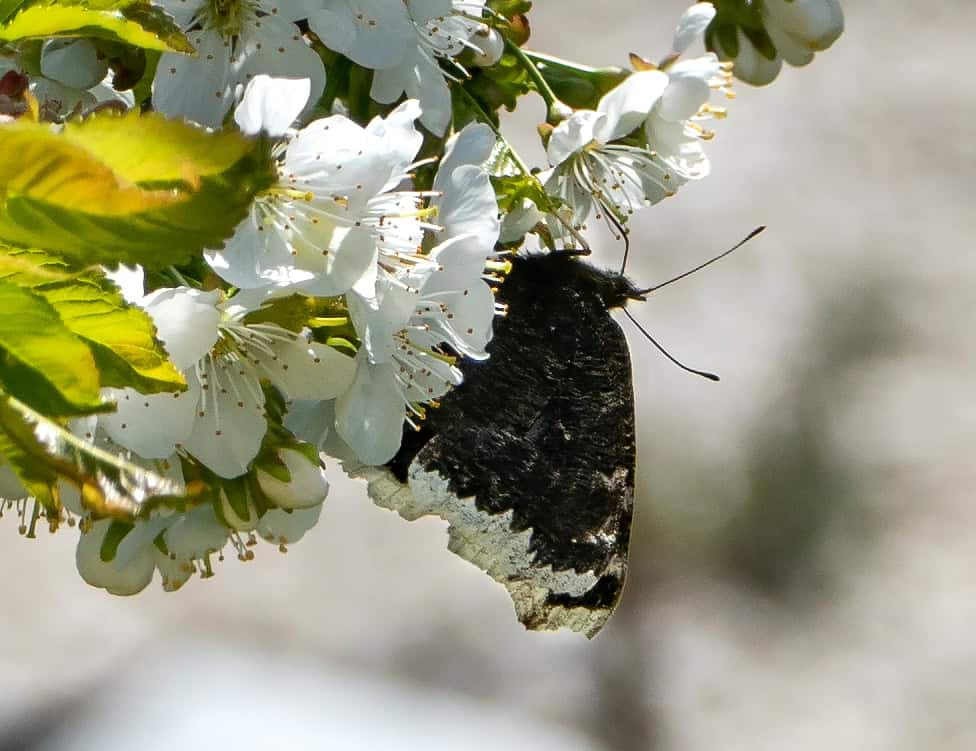
Spring hiking trails adorned with early wildflowers attract the season’s first butterflies and other pollinators. Specially adapted early-season butterfly species like mourning cloaks and eastern commas actually overwinter as adults, tucked into tree bark or other sheltered locations, and can appear on the first warm days of spring. These butterflies emerge ready to feed on early resources like tree sap flows and spring wildflowers. By mid-spring, newly emerged butterflies join them, including spring azures, falcate orangetips, and tiger swallowtails. Native bees also become active, with ground-nesting mining bees and mason bees appearing weeks before honeybees reach peak activity. Hiking through meadow habitats or sunny forest edges in spring offers the chance to observe these pollination specialists as they gather nectar and pollen from ephemeral spring blooms that take advantage of the sunlight available before trees leaf out fully.
Newborn Mammals and Their Mothers
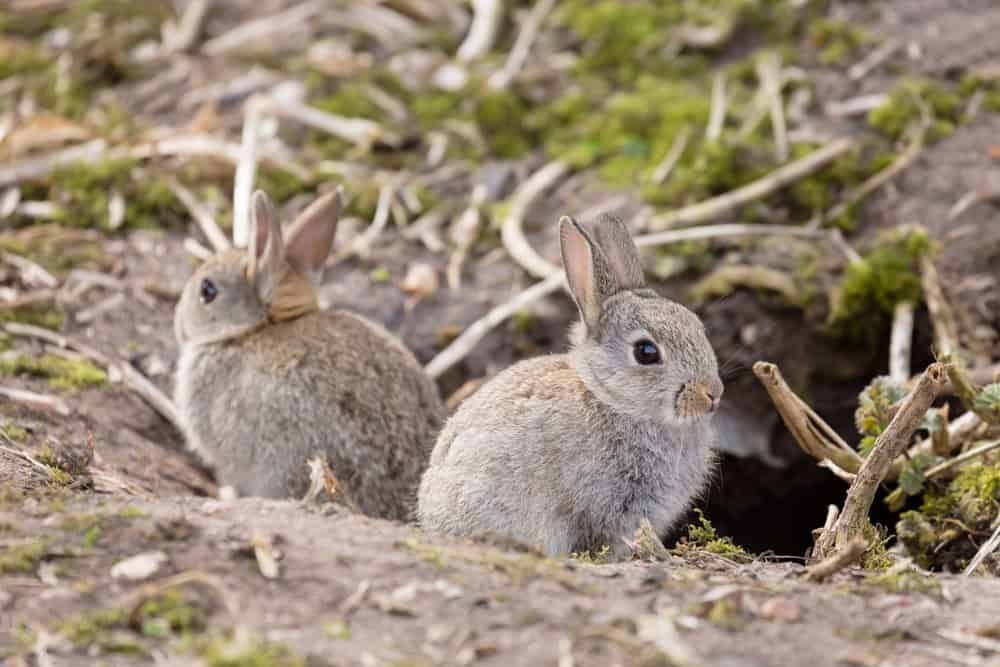
Spring represents the primary birthing season for many mammal species, increasing the chances of encountering mothers with their young during hikes. White-tailed deer fawns are born in May and early June, often left hidden in vegetation while mothers forage nearby. These spotted fawns are sometimes mistakenly thought to be abandoned when actually their mothers are intentionally staying away to avoid drawing predator attention. Similarly, baby rabbits (kits) might be discovered in shallow grass nests. Other mammals you might spot with young include fox kits playing near den sites, raccoon families navigating tree branches, or even bear cubs following their mothers in some regions. Spring hikers should maintain appropriate distances from any young animals they encounter, as mother mammals can be protective and young wildlife should never be handled or “rescued” unless clearly injured. Binoculars provide the ideal way to observe these touching parent-offspring interactions from a responsible distance.
The Return of Woodland Groundcover and Its Inhabitants
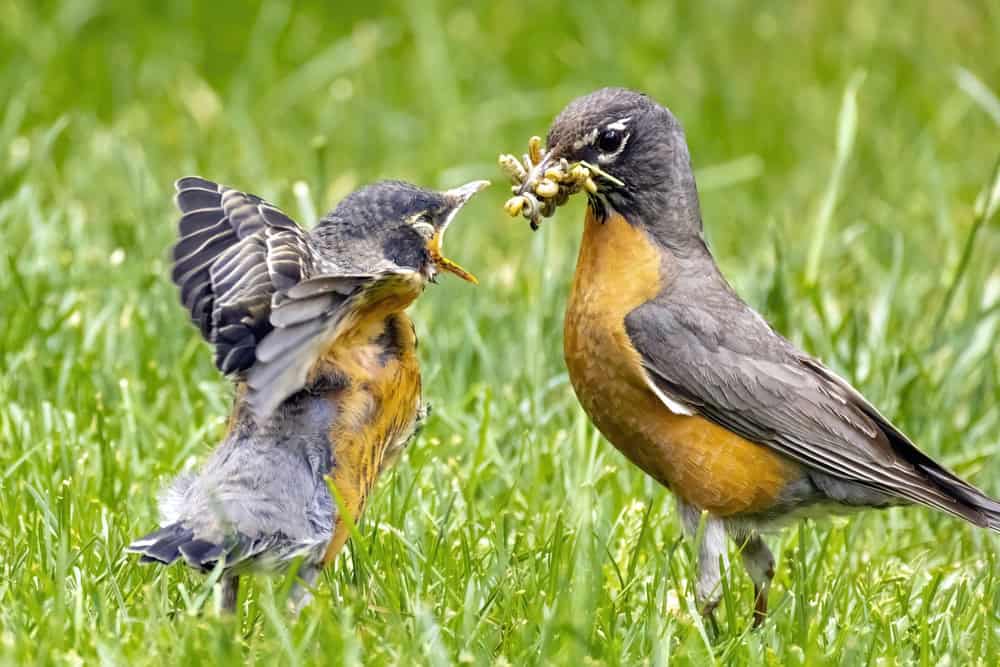
Spring’s forest floor undergoes a remarkable transformation as ephemeral wildflowers race to complete their life cycles before the canopy closes. This renewed groundcover creates habitat for countless small wildlife species. Attentive hikers moving quietly along forest trails might spot American toads, red-backed salamanders, or wood frogs among the leaf litter and emerging vegetation. The insects that support forest food webs also become active, with native ants resuming colony activities, ground beetles patrolling for prey, and myriad soil organisms breaking down the previous autumn’s leaf fall. Spring hiking offers the opportunity to witness this explosion of life by simply pausing occasionally to observe small sections of the forest floor. Carefully turning the occasional log (and replacing it exactly as found) can reveal surprising biodiversity, from millipedes and salamanders to the fascinating slime molds that aren’t quite animals or plants but part of the forest’s decomposition system.
Birds of Prey on the Hunt
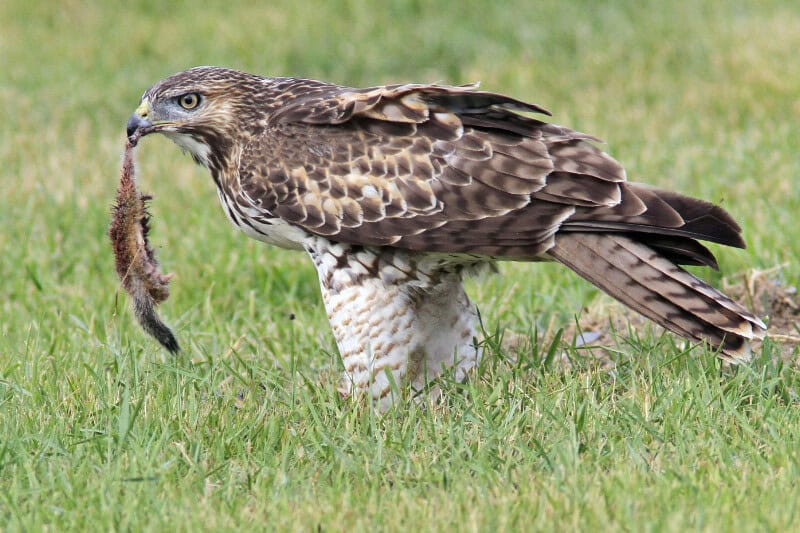
Spring represents a critical hunting season for raptors, as many are preparing to nest or already raising hungry young. Hiking through open habitats with scattered trees provides opportunities to spot red-tailed hawks, Cooper’s hawks, or American kestrels as they search for prey. These birds of prey capitalize on the increased activity of small mammals and the return of migrant bird species that represent potential food. Spring also marks the return of osprey to many waterways, where hikers might witness their spectacular fishing dives. In some regions, the rare spectacle of owl families can be observed, as great horned owls (which nest in winter) may have older owlets visible by spring, while barred owls and screech owls typically have young in May. Dawn and dusk hikes increase chances of owl encounters, though finding these secretive birds often relies more on listening for their calls than visual detection. The classic “who-cooks-for-you” call of the barred owl rings through many eastern forests during spring evenings.
Beaver and Waterway Activity

Spring thaws and increased rainfall make waterways particularly dynamic ecosystems for wildlife observation. Hiking trails that parallel streams, rivers, or wetlands provide front-row seats to aquatic and semi-aquatic species. Beaver activity increases noticeably in spring as they repair winter damage to their dams and lodges and feed on the nutritious new growth of streamside vegetation. Dawn or dusk hikes increase chances of seeing these industrious rodents at work. Their ecosystem engineering creates habitat for numerous other species you might encounter, including muskrats, river otters, and various waterfowl. Great blue herons return to rookeries, sometimes creating noisy colonies in wetland trees visible from trails. Even the fish world shows increased activity, with spring spawning runs bringing species like suckers and pike into smaller tributaries where they might be visible from footbridges or elevated trail sections along waterways.
Insect Hatches and Their Predators
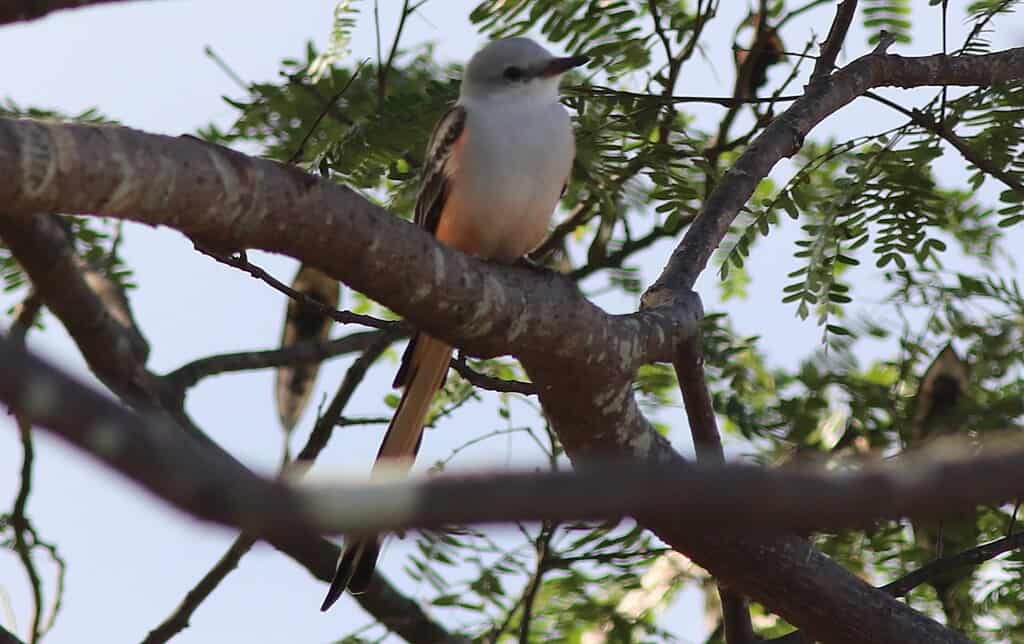
Spring triggers massive insect emergence events that ripple through entire ecosystems. Perhaps most famous are the mayfly hatches along streams and rivers, where trillions of these ephemeral insects emerge from their aquatic nymphal forms to take flight, mate, and die within as little as 24 hours. These hatches attract a feeding frenzy from birds, bats, and fish. Trails near water bodies during a major hatch can offer extraordinary wildlife viewing as swallows, flycatchers, and other aerial insectivores feast on the abundance. Other significant spring insect emergences include various moth species whose caterpillars overwintered in cocoons, periodical cicadas in their emergence years, and the earliest generations of butterflies. Even the less beloved blackflies and mosquitoes serve crucial ecological roles, feeding birds, bats, and predatory insects. Spring hikers willing to tolerate some insect attention may be rewarded with seeing the complex predator-prey relationships these emergences support.
Woodpeckers and Cavity-Nesting Activity

Spring represents peak season for observing woodpecker courtship, territorial disputes, and nest excavation. These charismatic birds become particularly vocal and visible as they establish breeding territories, with their drumming reaching maximum intensity in early spring. Hiking through mature forests provides opportunities to spot pileated woodpeckers (crow-sized with striking red crests), northern flickers (identified by their distinctive white rump patch in flight), or the more common downy and hairy woodpeckers. Beyond their intrinsic appeal, woodpeckers serve as keystone species by creating cavities that numerous other forest creatures later use. Spring hiking might reveal secondary cavity nesters like chickadees, nuthatches, or flying squirrels investigating potential woodpecker holes for their own breeding purposes. The chickadee’s two-note “fee-bee” whistle and the nuthatch’s nasal calls are characteristic sounds of spring forest hikes. Their activity often betrays the presence of entire woodland bird communities to observant hikers.
Large Mammals in Transition

Spring represents a significant transition period for larger mammals, affecting both their appearance and behavior in ways hikers might observe. Species like white-tailed deer, elk, and moose shed their winter coats, often appearing noticeably ragged during the process before growing their sleeker summer pelage. Male deer and elk begin growing new antlers, visible as velvet-covered stubs by late spring. Bears emerge from winter dormancy hungry and actively searching for food, making dawn and dusk hikes in appropriate habitats potentially productive for bear watching (with proper safety precautions). These large mammals often utilize hiking corridors as travel routes themselves, particularly in early morning hours. Signs of their passage – including tracks in spring mud, scat on trails, or browsed vegetation – tell stories even when the animals themselves remain unseen. Mountain ranges with elevational gradients may show wildlife “following spring uphill” as animals track the emergence of nutritious new plant growth from lower to higher elevations during the season.
Spring hiking offers unparalleled opportunities to witness wildlife during one of the year’s most active and transformative seasons. The combination of returning migrants, breeding activities, and emergence from winter dormancy creates wildlife viewing potential that surpasses many other times of year. To make the most of these experiences while practicing responsible wildlife stewardship, maintain appropriate viewing distances, carry binoculars for close observation without disturbance, avoid approaching young animals even when they appear alone, and learn to recognize signs of wildlife stress. The connections we form with wild creatures during spring hikes foster deeper appreciation for natural systems and the seasonal rhythms that have shaped life on Earth for millennia. As you lace up your hiking boots this spring, remember that by treading lightly and observing mindfully, you become not just a visitor but a respectful participant in the annual renewal of life that makes this season so extraordinary.
- Wildlife Encounters You Might Have on a Spring Hike - August 23, 2025
- Wildlife That Thrives in the Carolinas Year-Round - August 23, 2025
- The Role of Bears in Keeping Forests Healthy - August 23, 2025

